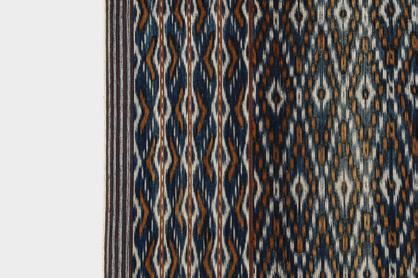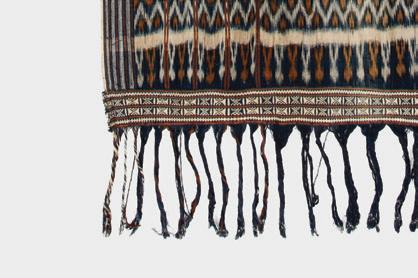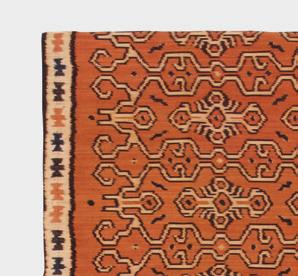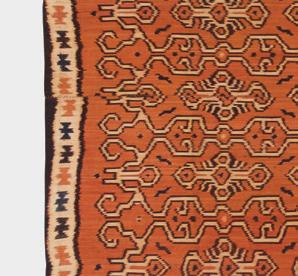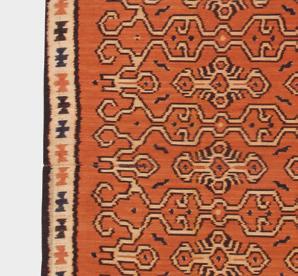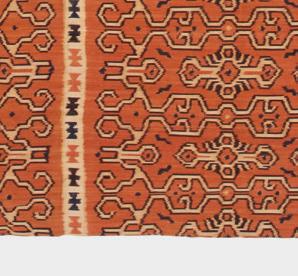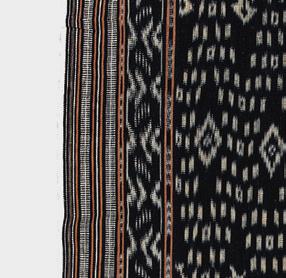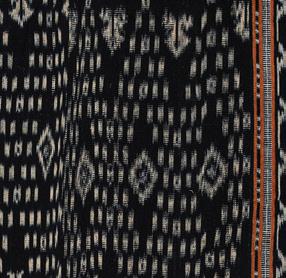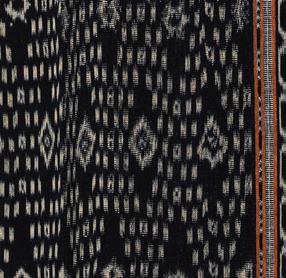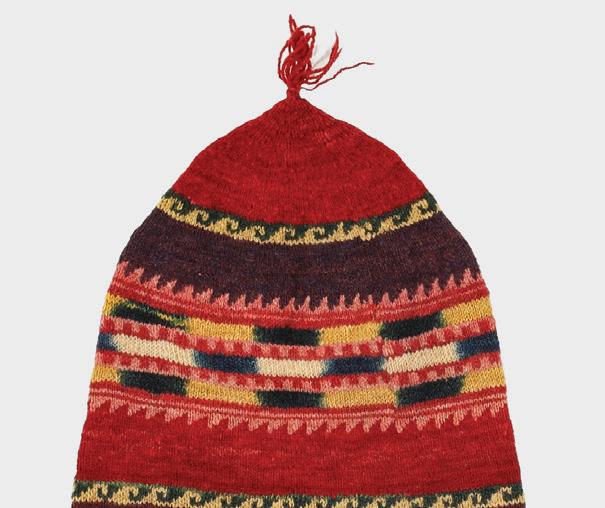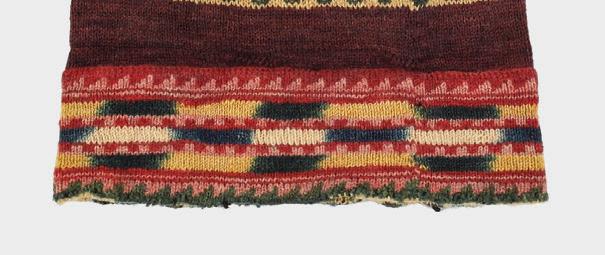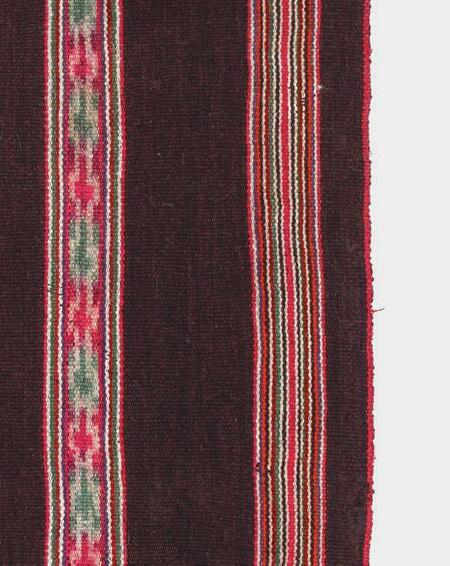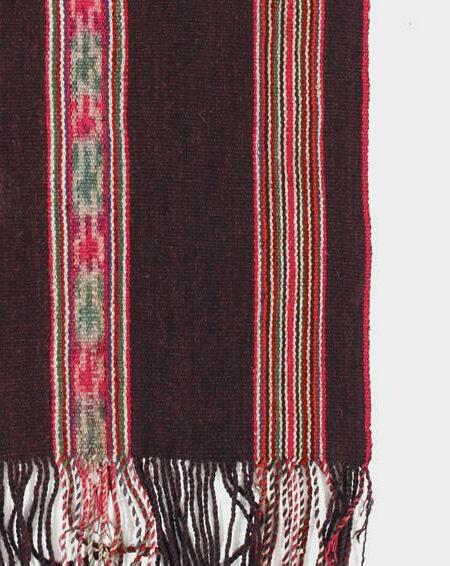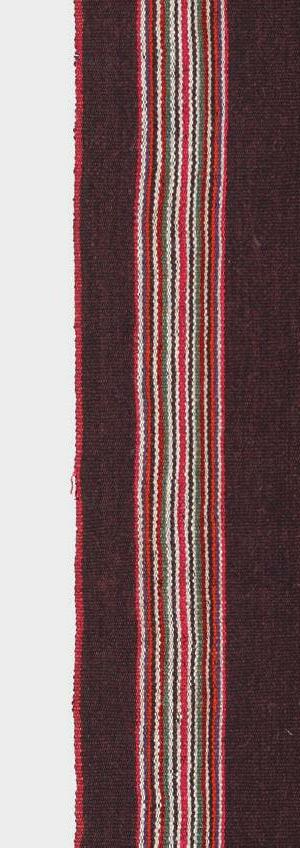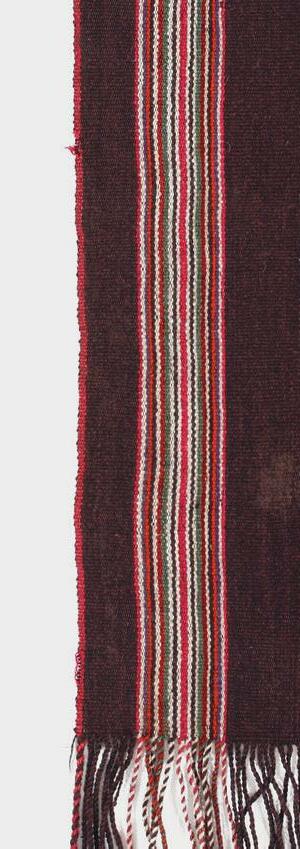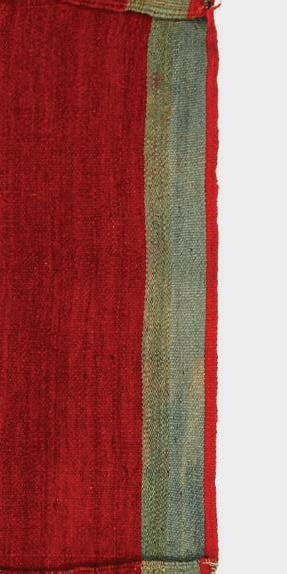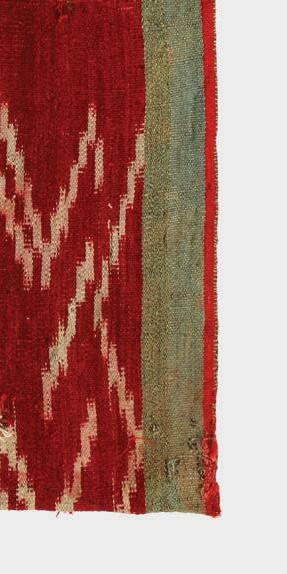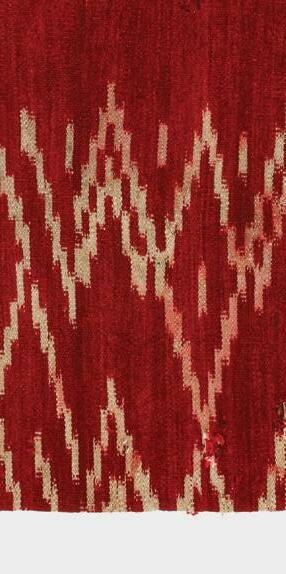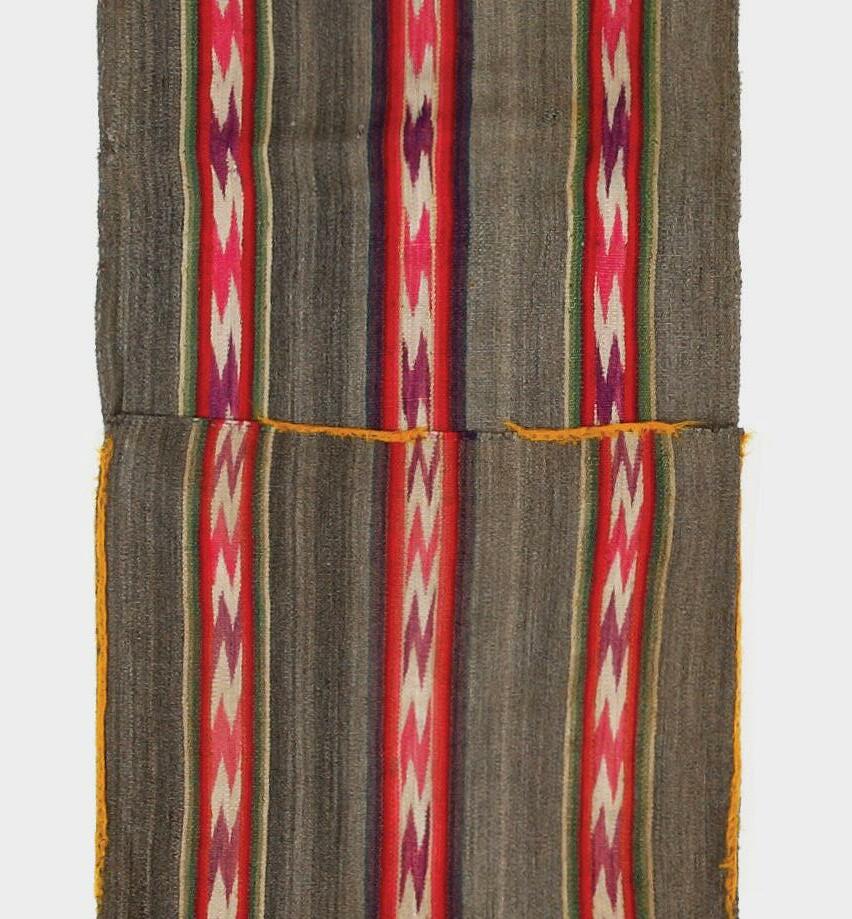
1 minute read
CATALOGCATALOG
from Global Ikat


WCA01 Woman’s robe, munisak, Bukhara, Uzbekistan, fourth quarter 19th century. Silk velvet warp ikat, cotton weft. 50 in x 54 in
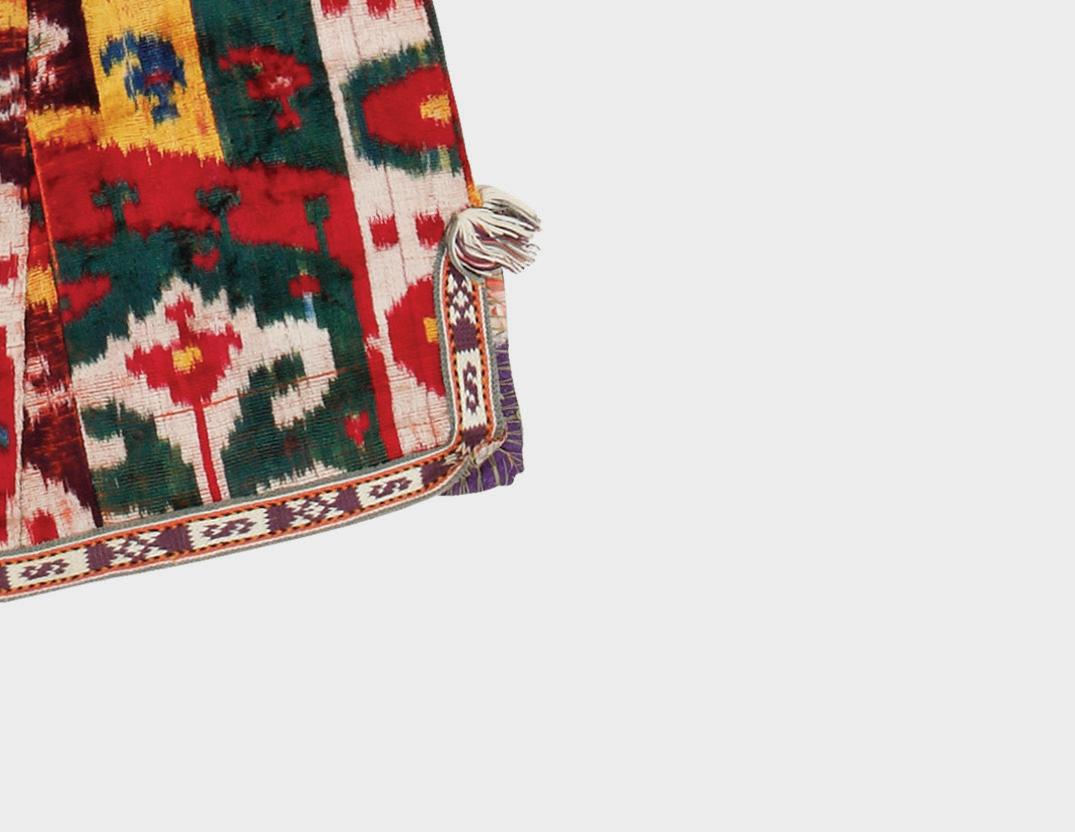
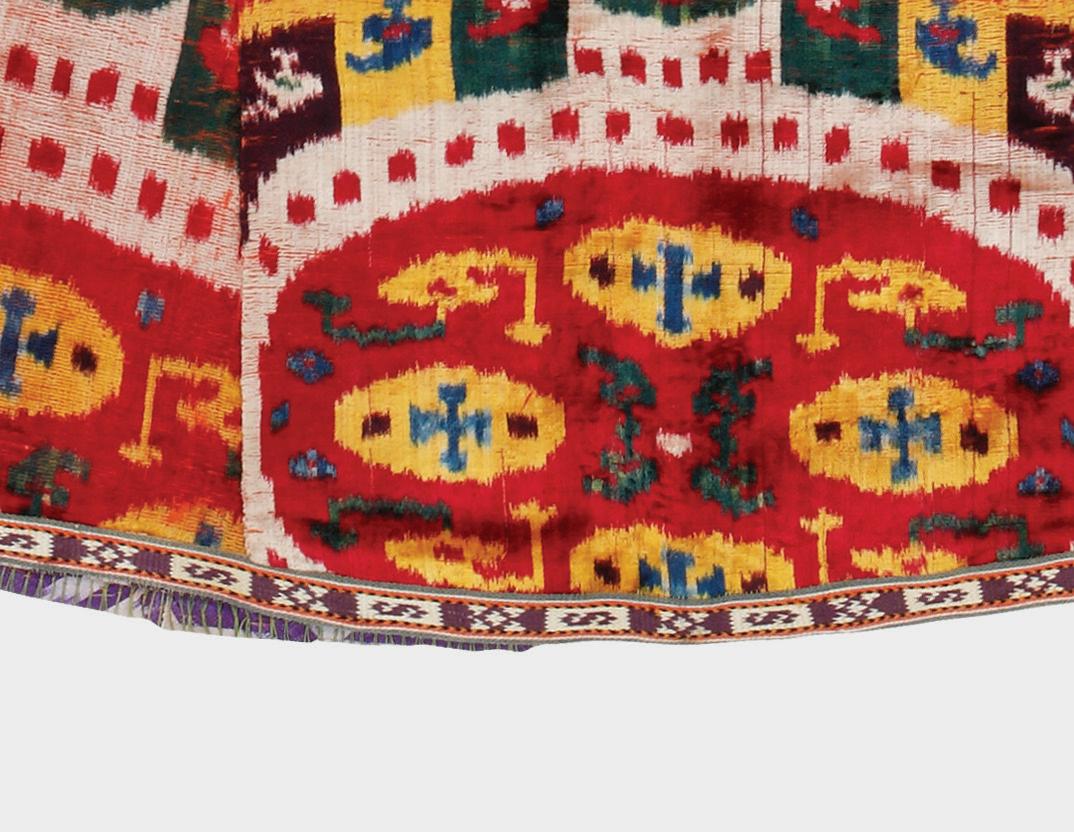
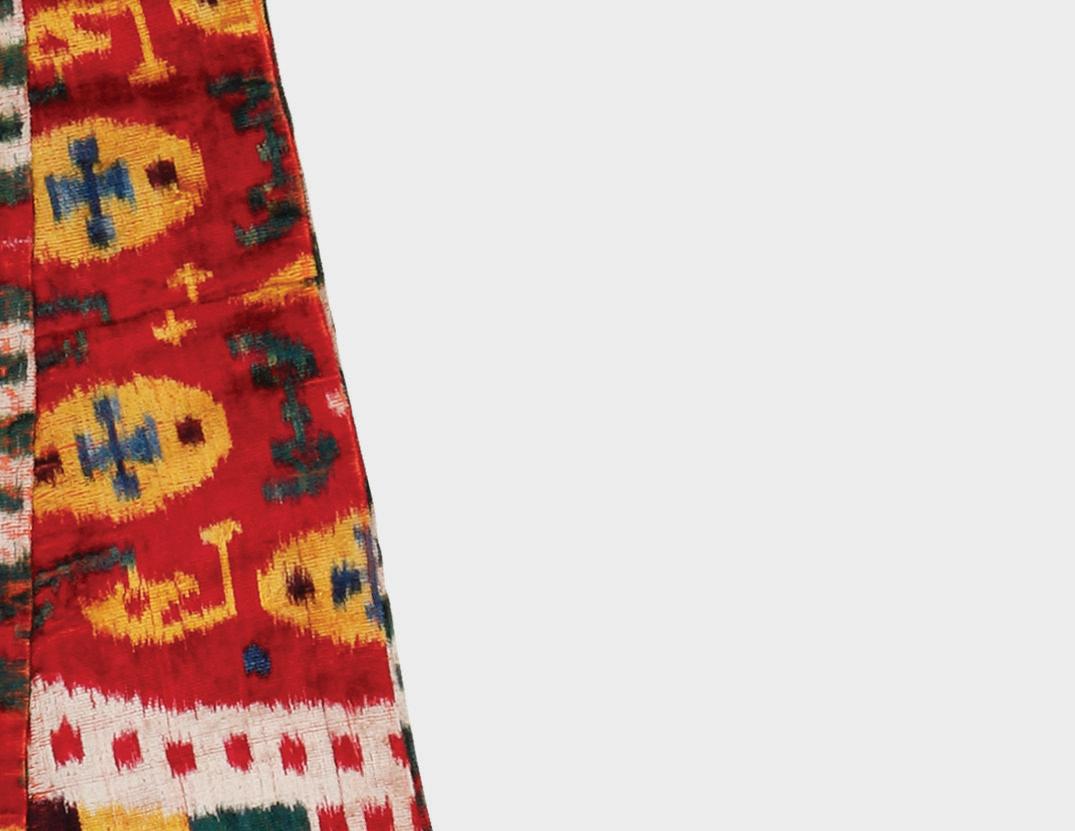
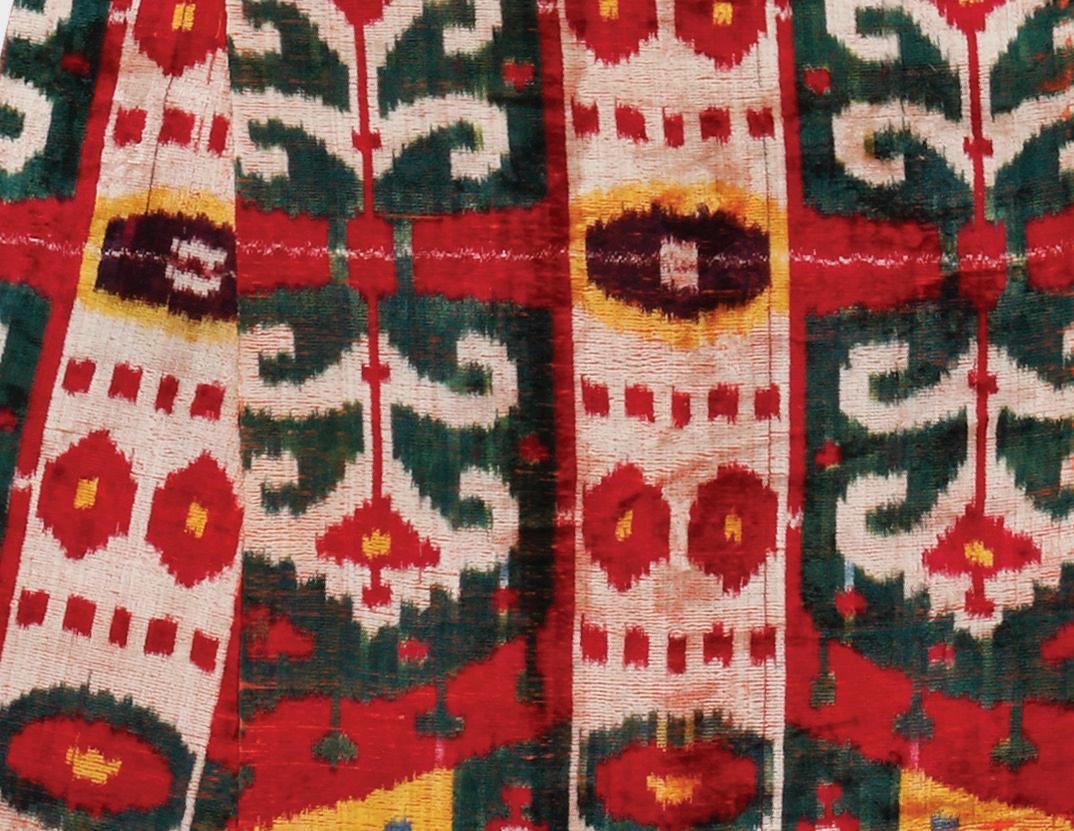


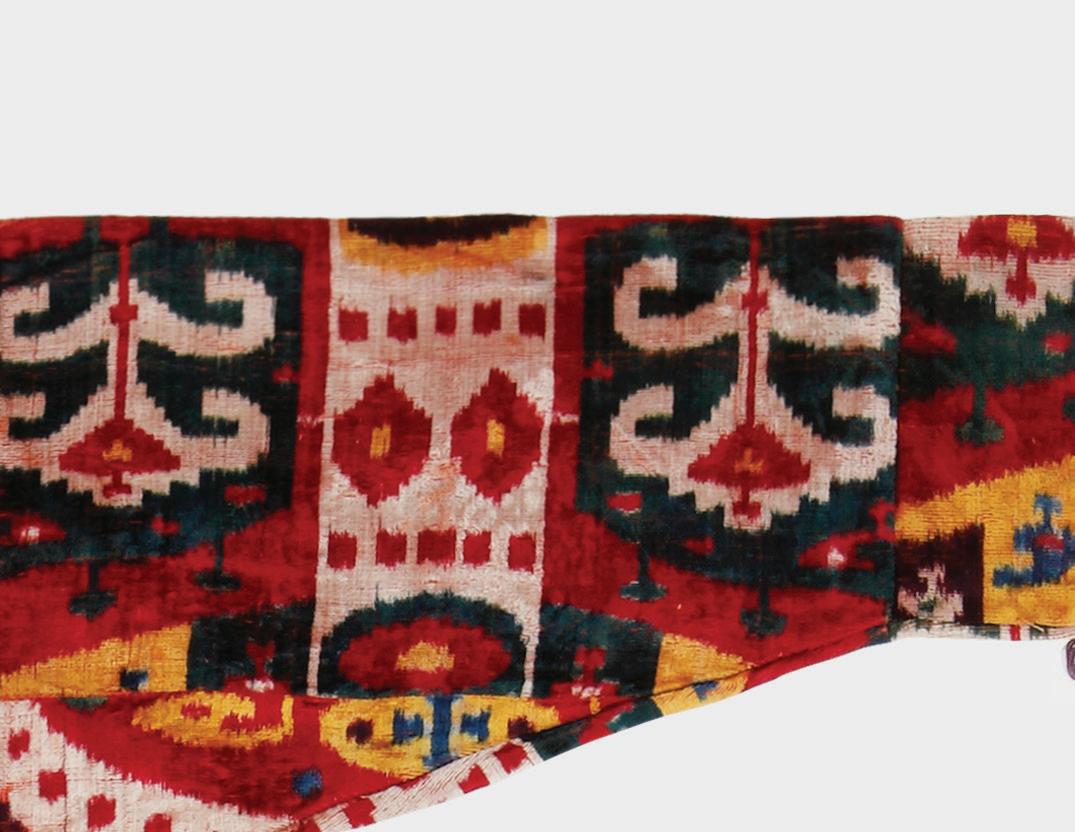

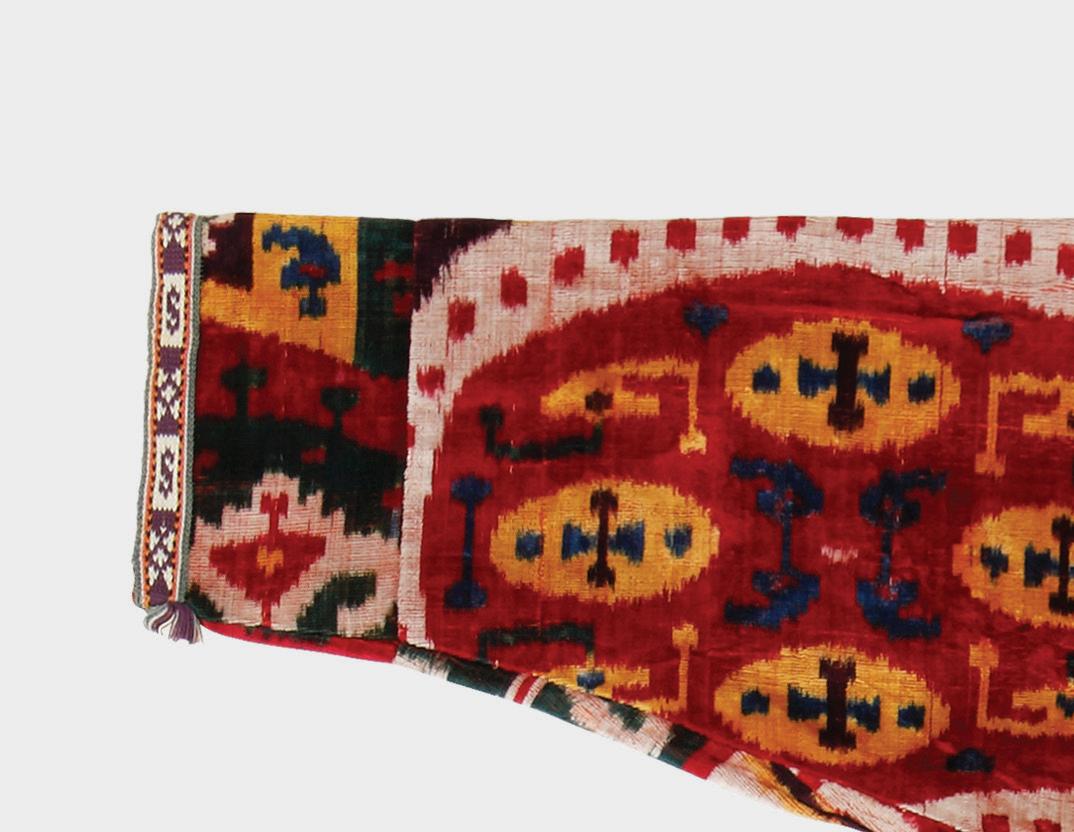
Ikat velvet required more yarn, and designers had to adjust their traditional designs considerably to achieve the desired effects when yarns were woven into fabric. As a result, velvet fabric was more expensive for workshops to finance and was woven less frequently than plain-weave ikats. It was produced during a short period from 1850 until around 1910, and only in Bukhara. Silk-ikat velvets were used most often for dowry garments such as this munisak . Once they wore out, they were recycled into other functional textiles.
The distinctive look of the munisak , an outer robe a woman would wear in her house, was given during the tailoring process by making a few adjustments to the basic construction of a type of robe worn both by men and women. A munisak has a wide neck opening and a full skirt that is gathered in small pleats under the arms, creating a more fitted waist. The sleeves are often very long and narrow towards the cuffs. If the family could afford it, the munisak was made with ikat fabric, especially velvet ikat. The garment had a special place in a woman’s life since it was an item in her trousseau. Depending on the wealth of the family, the bride had one or more munisak . The bride wore it during the first day in her husband’s home, and afterwards at festive occasions such as weddings as well as more somber events like funerals. Finally, a woman's munisak was placed on top of the coffin during her funeral.
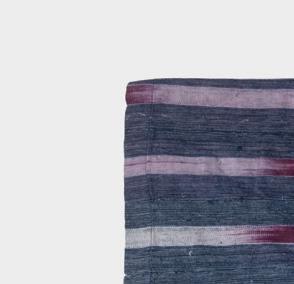
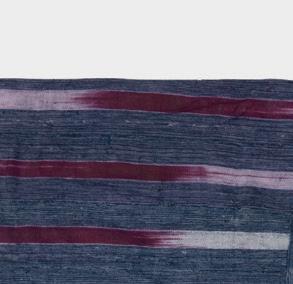

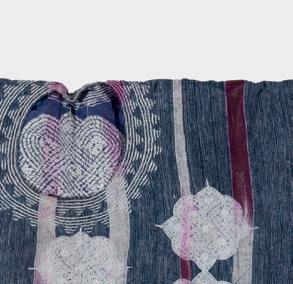

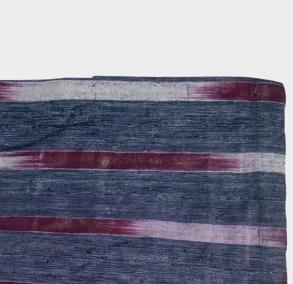
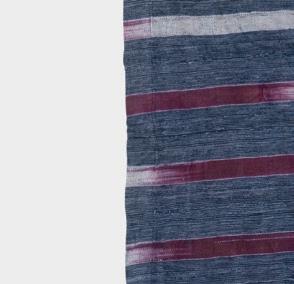
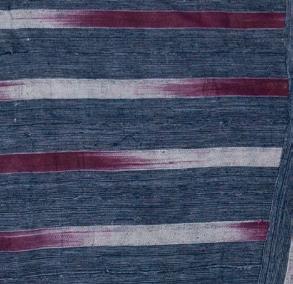
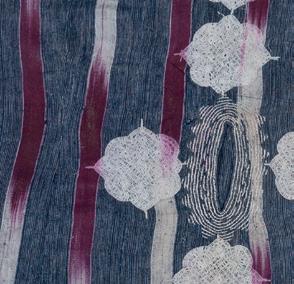


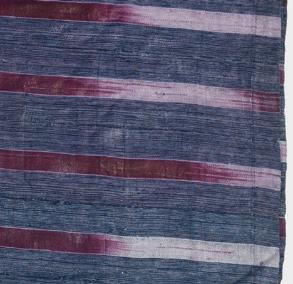
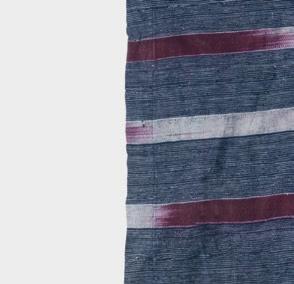
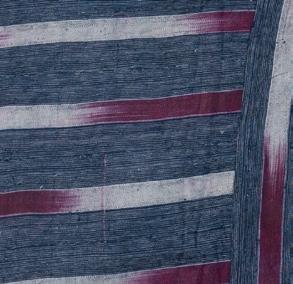

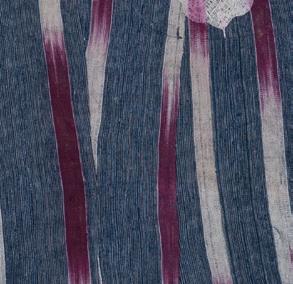
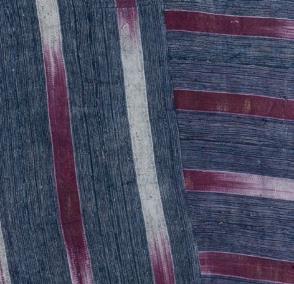
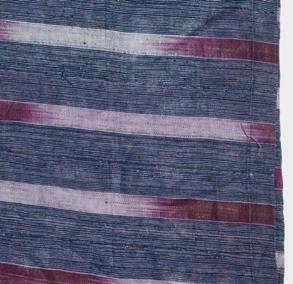


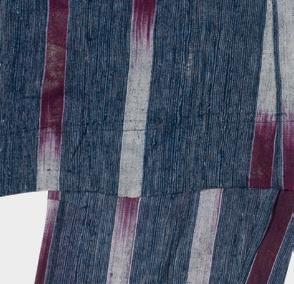
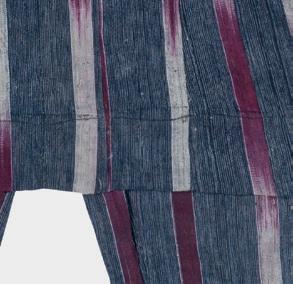
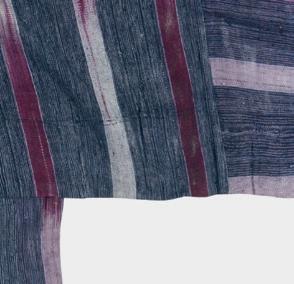
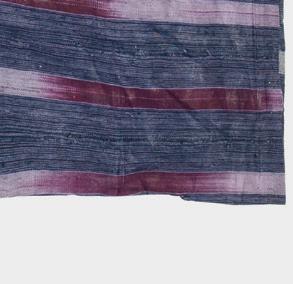


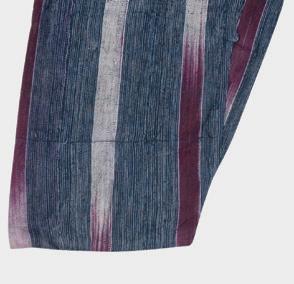
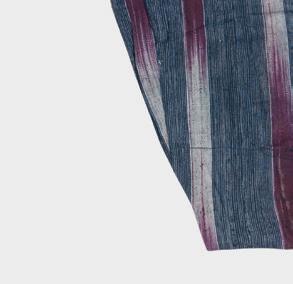
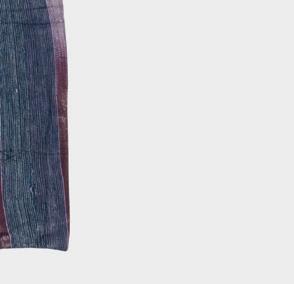

AF20 Mixed ikat pattern man’s wrapper cloth, zaza, Baule people, Cote d’Ivoire, circa 1970s. Mill-spun cotton. Made up of 16 strips. 92 in x 68 in

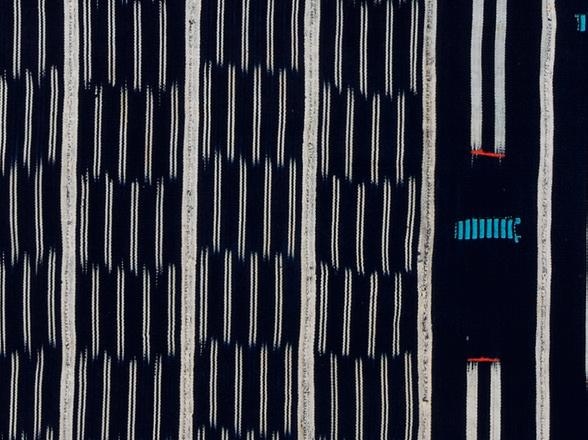
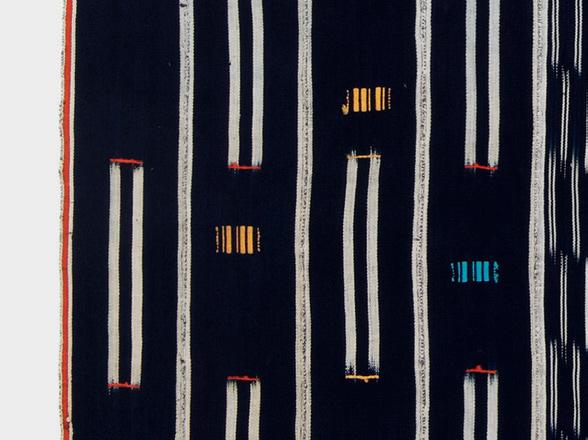
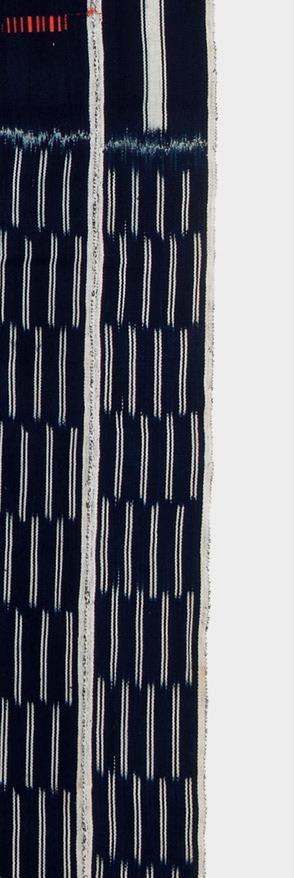
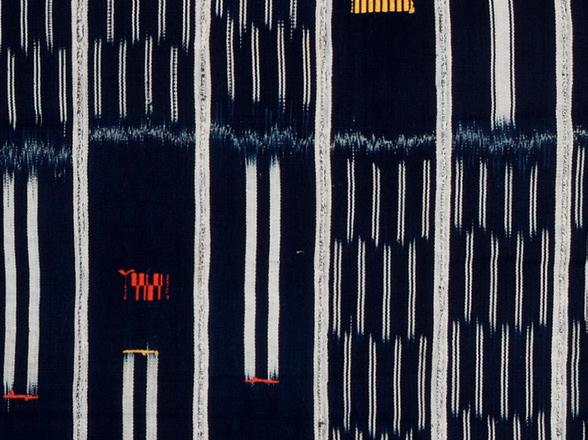
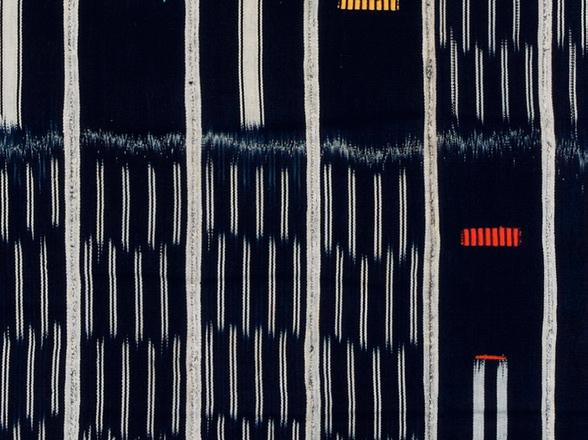

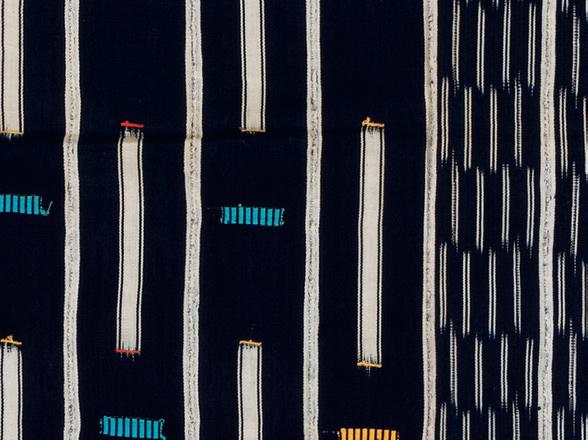
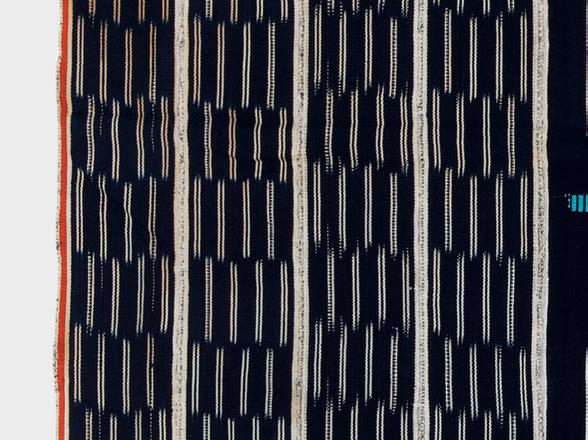
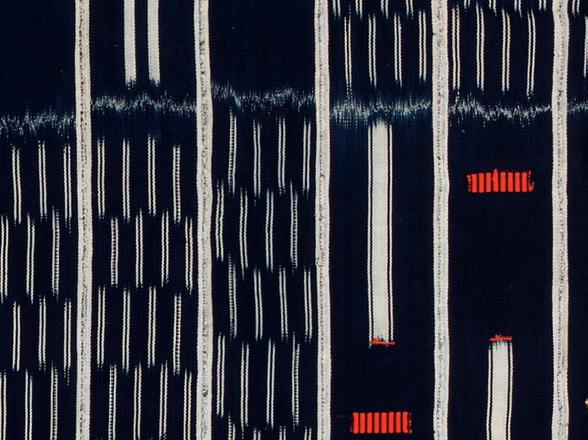

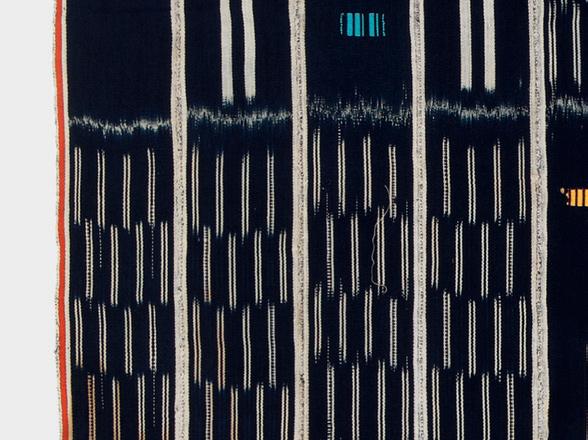

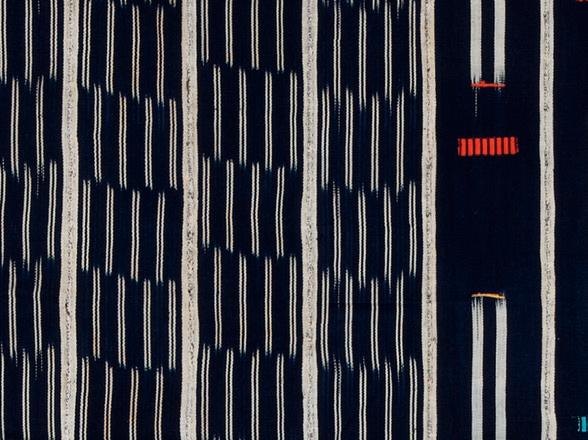
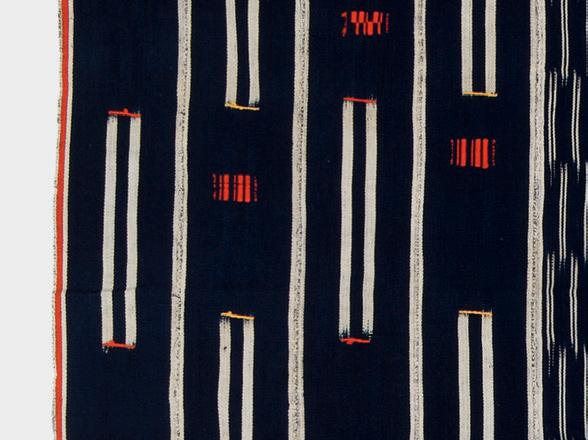
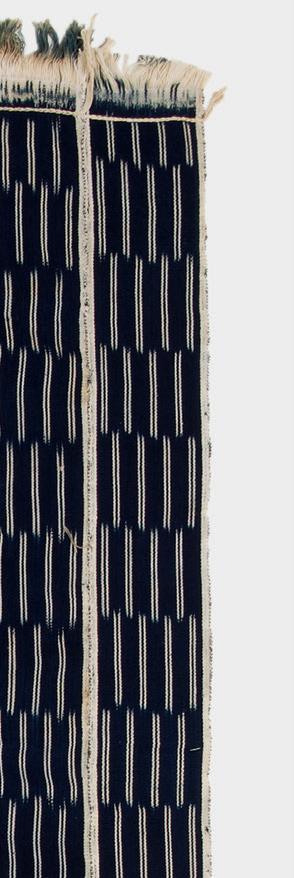
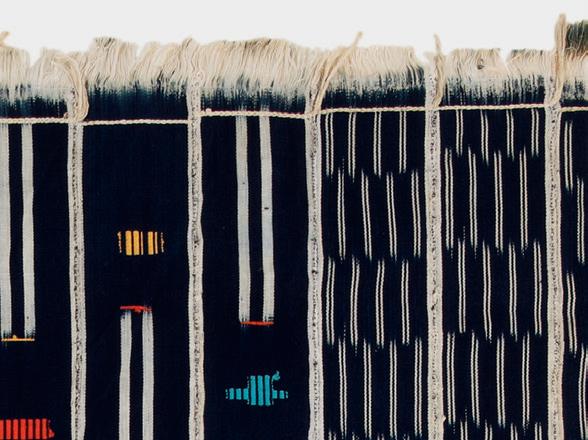

Large blocks made up from two different warp-ikat patterns divide the cloth into 16 rectangles. Cloths like this were worn toga fashion by men of the Baule and other ethnic groups in central and southern Cote d’Ivoire, while smaller versions served as wrap-around skirts for women.
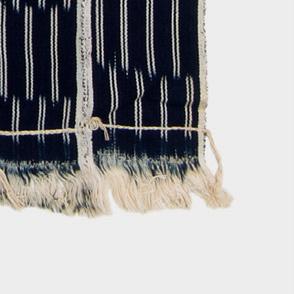

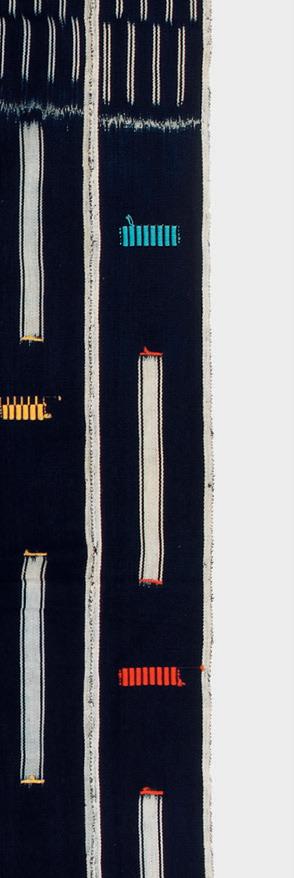

MA53 Toraja ceremonial textile or women’s skirt material, Palu or Kalumpang, Sulawesi, Indonesia, 19th century. Cotton, warp ikat. 60 in x 70 in
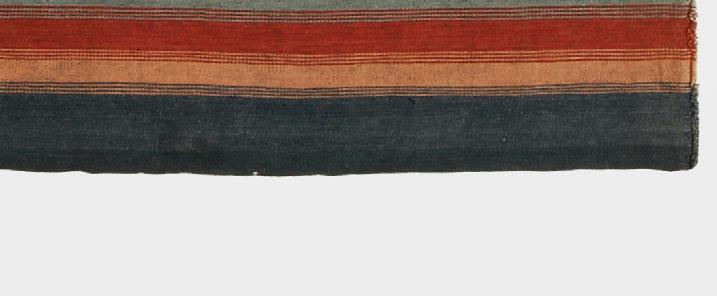

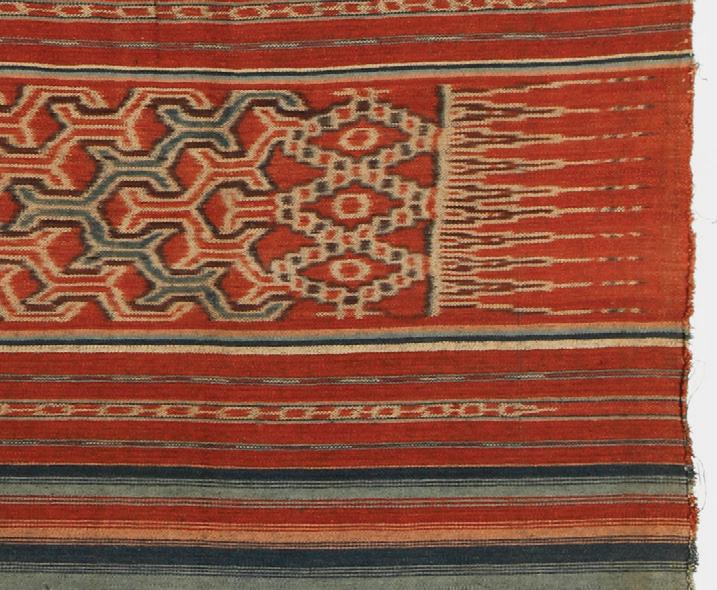

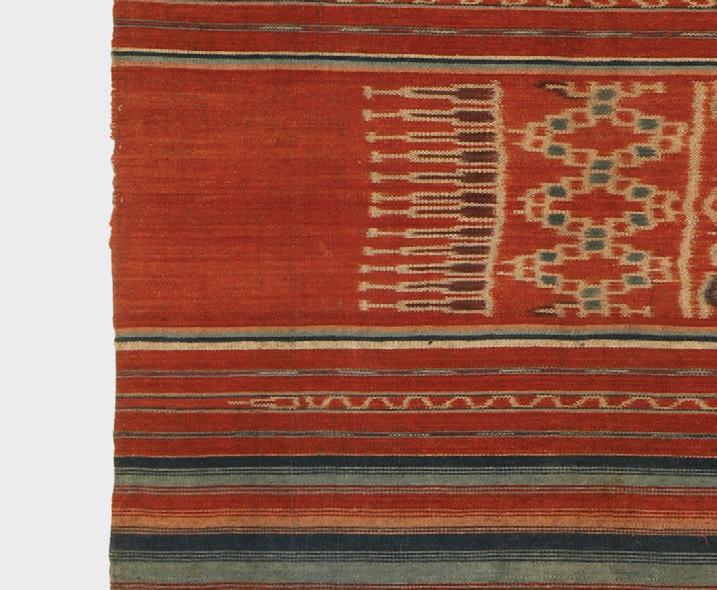
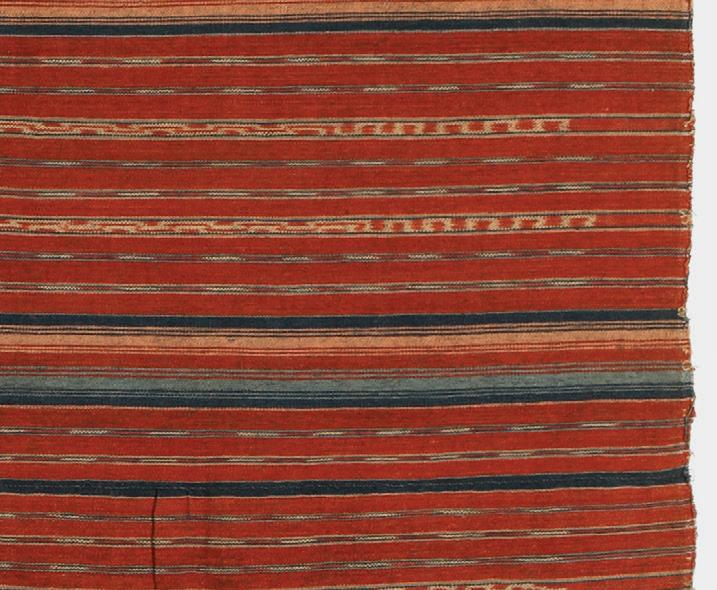
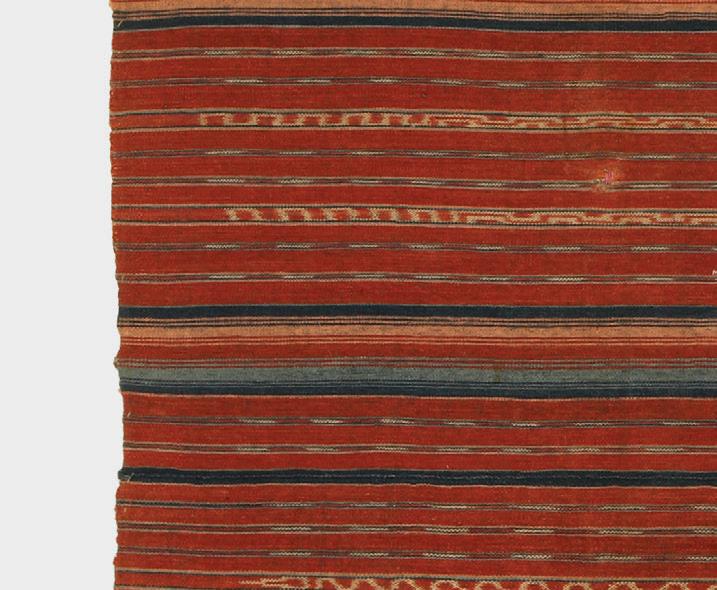
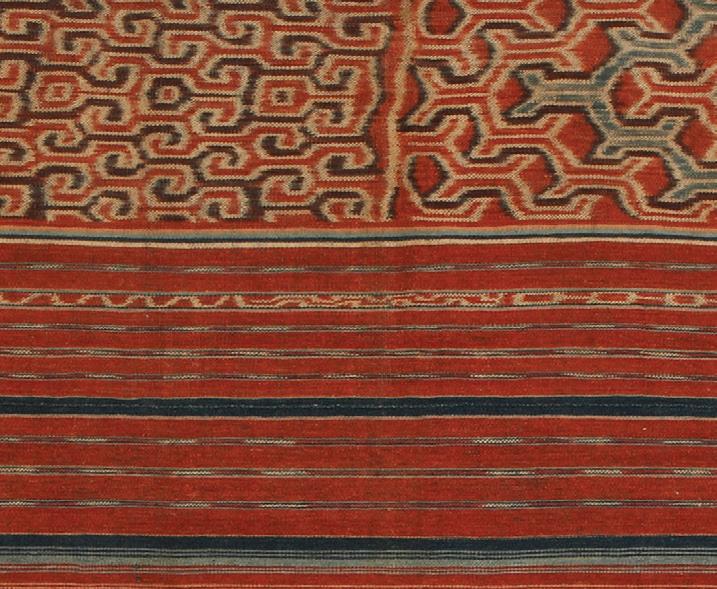
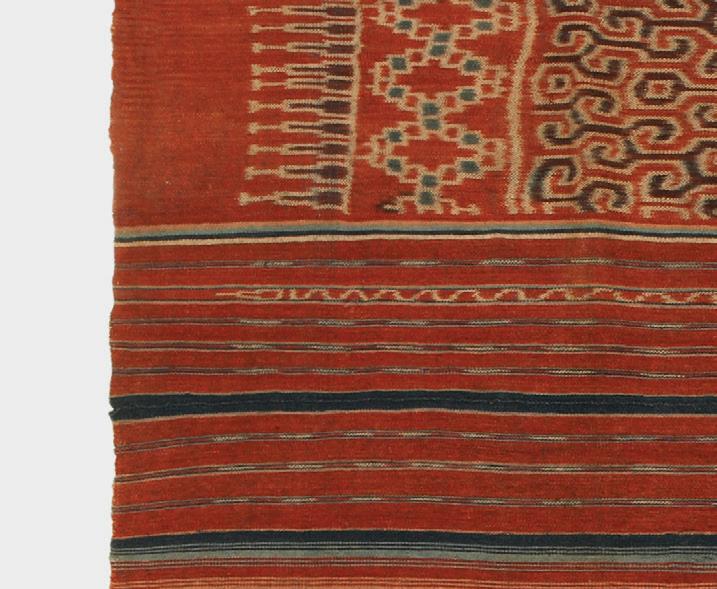
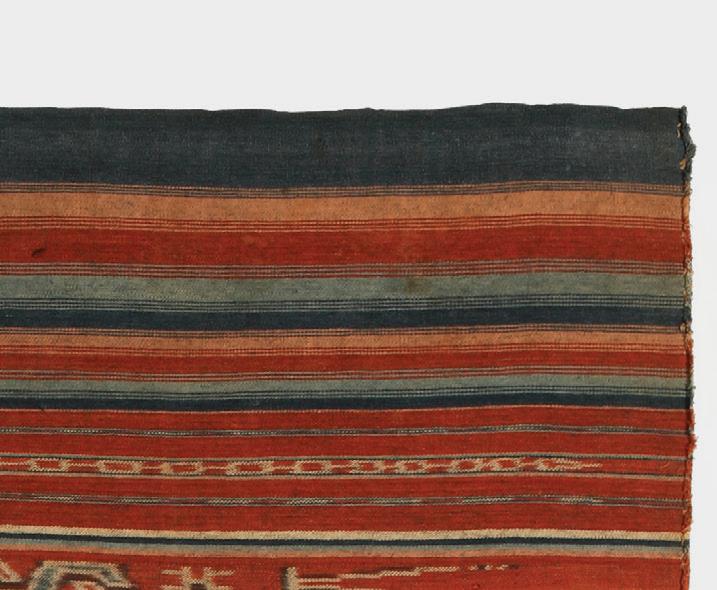
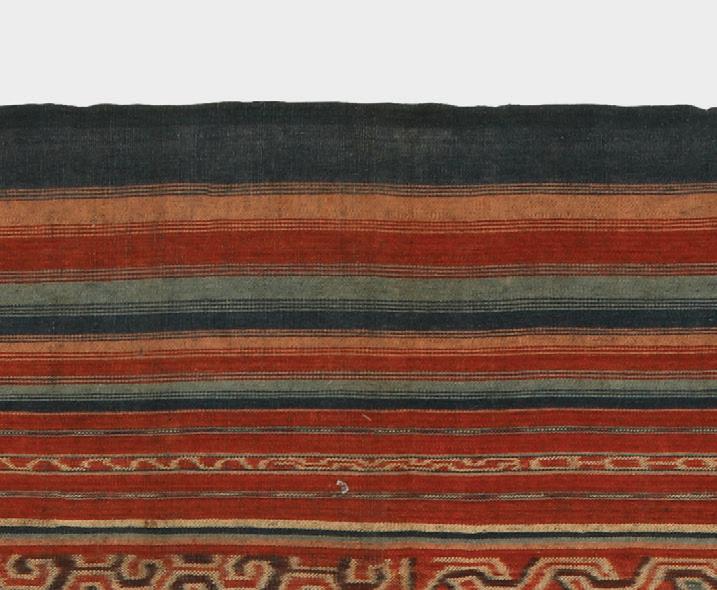

Two panels of cloth are decorated with warp stripes and rows of warp-ikat patterning. Similar textiles are used as a shroud by the Kalumpung. Women of Palu tailored warp-ikat-decorated textiles from Kalumpang into skirts. Warp-ikat production in Palu ceased some centuries ago. The main bands are filled with warp-ikat designs of interlocking hooks, stepped squares, and narrow triangular shapes. A distinctive detail is found in the dark outlines around the exterior of the main designs.


